What Are Geotextile Membranes?
Geotextile membranes are a type of fabric designed to be installed underground to provide protection and separation. They are versatile materials that can be used in various contexts, from landscaping to construction, but are especially prevalent in drainage and civil engineering projects. Often referred to as "Terram" (a brand specializing in geotextile membranes), these membranes are also commonly known as geotextiles, much like how some vacuum cleaners are called "Hoovers."
Â
Different Uses for Geotextile Membranes
Drainage Geotextile Membranes
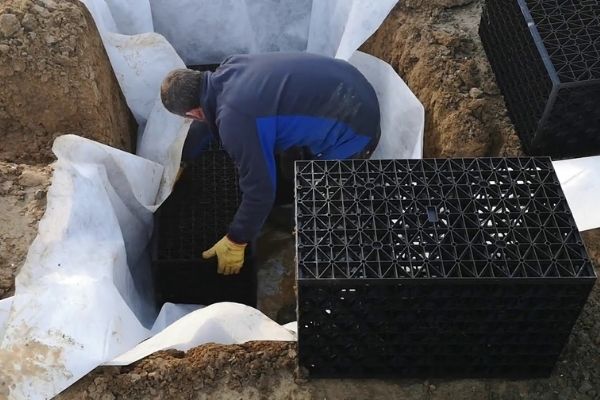
The most common application for geotextile membranes is in drainage projects, such as land drains and soakaways. These membranes can be placed inside land drain holes or soakaway pits before installing soakaway crates to prevent debris from entering and clogging the system, thereby extending its lifespan. They can also be wrapped around perforated underground drainage pipes and land drains (like French drains) to stop silt or debris from entering the drainage system and causing blockages.
Filtering Debris From Drains
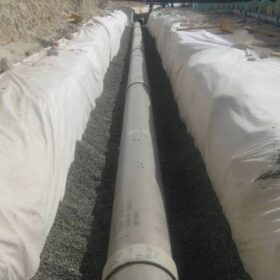
Geotextile membranes excel in separation and filtration mechanisms, preventing debris or large particles from entering drains while still allowing water to flow through. This is crucial for avoiding issues like flooding. Permeable drainage geotextile membranes can also help sort particles, thanks to their "needle-punched" nature, which creates tiny holes that let smaller particles pass through while blocking larger ones. This can promote lateral water flow and runoff, as the membrane disperses the kinetic energy of rising groundwater, directing it laterally instead of causing flooding.
Horse Arenas
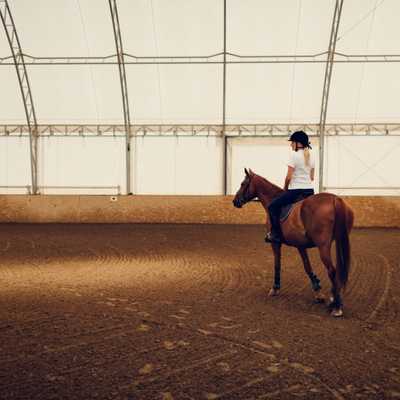
For horse arenas, a thicker, heavy-duty non-woven membrane is essential, typically with a minimum weight of 300 GSM, though 500 GSM is recommended. This membrane is installed between the sand and the sub-layer to prevent the sand from mixing with the aggregate below. The increased thickness ensures durability against the heavy foot traffic in such environments.
Separating Types of Aggregates
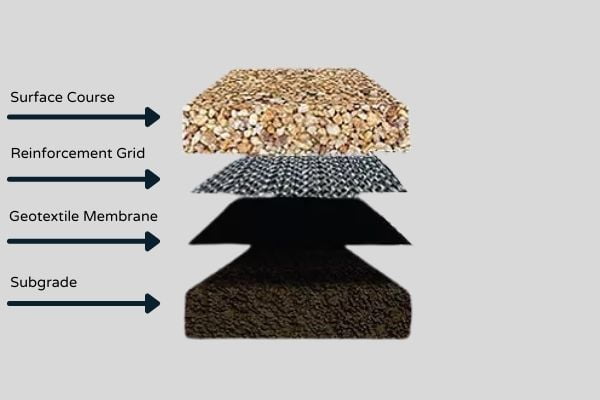
Geotextile membranes are valuable for separating two types of soil or aggregates that should not mix, especially when water flows through them. Different soils have varying consistencies, and rainfall can wash fine particles into percolation channels. This mixing can lead to uneven ground and even subsidence as small particles settle between larger ones. Geotextile membranes prevent this by stopping smaller particles from moving, even during rain. They also help prevent drainage channels in coarser soil from getting blocked by smaller particles, reducing the risk of standing water and flooding after rainfall. Examples include using them between sand and pebbles on gravel driveways to keep the pebbles from sinking into the sand or between Type 1 MOT and a sand layer to prevent the sand from seeping into the hardcore below.
Protecting Against Erosion
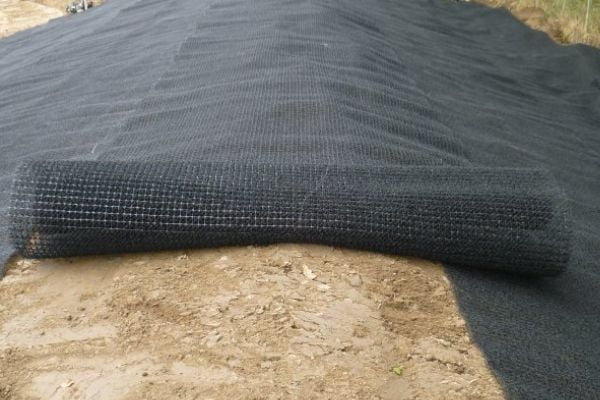
Geotextile membranes used for erosion control are often employed in coastal areas to prevent erosion between the beach and coastal defense projects. These membranes need to be strong enough to withstand the forces of the coastal defenses yet permeable enough to allow proper drainage. Specialized membranes are typically required for this purpose, as they must be robust to resist tearing from defense materials like gabions. They also need to be sufficiently permeable to ensure adequate water flow for proper drainage.
Weed Membranes
Weed control fabrics are another type of geotextile membrane, designed to protect plants by allowing desired growth while inhibiting weeds. This reduces competition for space and nutrients, ensuring the plants you want thrive. They can also serve as barriers to contain harmful substances, such as at landfill sites, preventing contamination.
Reinforcement in Construction, Drainage and Engineering Projects
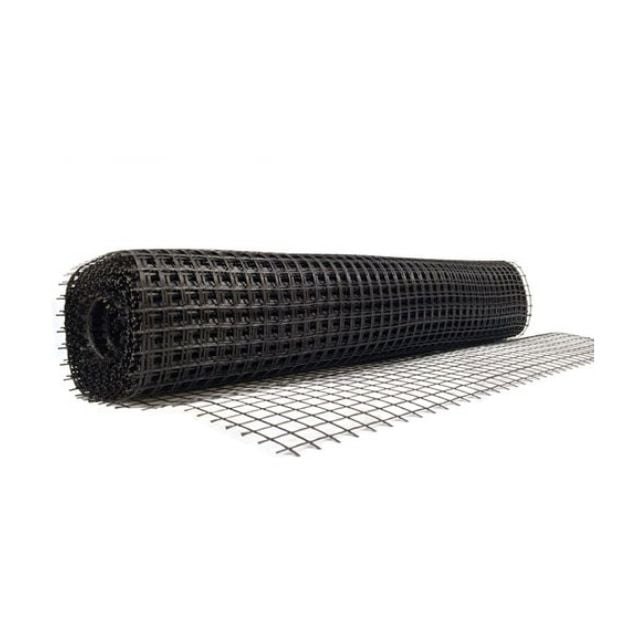
Finally, geotextile membranes are frequently used for ground reinforcement in construction, drainage, and engineering projects. Woven geotextiles are particularly effective for ground stabilization and reinforcement due to their high strength. For instance, woven geotextiles are ideal for reinforcing embankments and roads built on unstable soils, enabling steeper inclines and greater stability. Cross-hatch geotextile membranes can hold layers of soil or ground in place, making them especially useful for maintaining the shape of ditches and drains. These are typically called biaxial geogrids, though triaxial geogrids are also available.
Types of Geotextile Membrane
There are various types of geotextile membranes, each suited to specific applications. They are generally categorized as either permeable or impermeable.
Permeable Geotextile Membranes
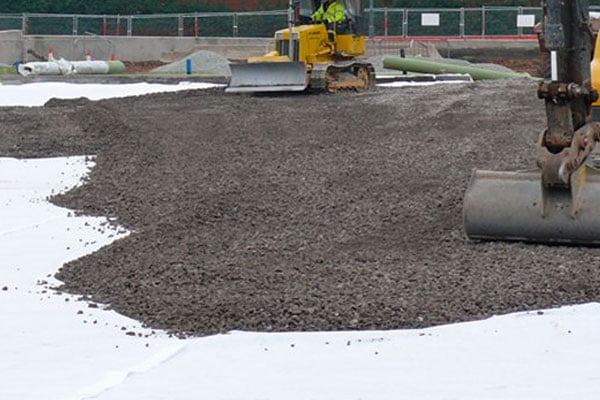
These membranes allow water to pass through tiny holes, and they come in both woven and non-woven forms, each with distinct advantages and disadvantages.
Woven permeable membranes are created by interweaving individual strands to form a single, cohesive membrane. While woven geotextiles aren't as porous, they have high load-bearing capacity and are suitable for erosion control and reinforcement projects. They're also typically more affordable and ideal for use under patios or asphalt.
In contrast, non-woven membranes are formed by bonding synthetics and punching holes into the fabric, enhancing their drainage capabilities. Non-woven membranes are most commonly used in French drains and soakaway crates. The term "Terram" is often used within the industry to refer to non-woven membranes, although Terram is merely a brand name, with numerous other brands available.
Impermeable Geotextile Membranes
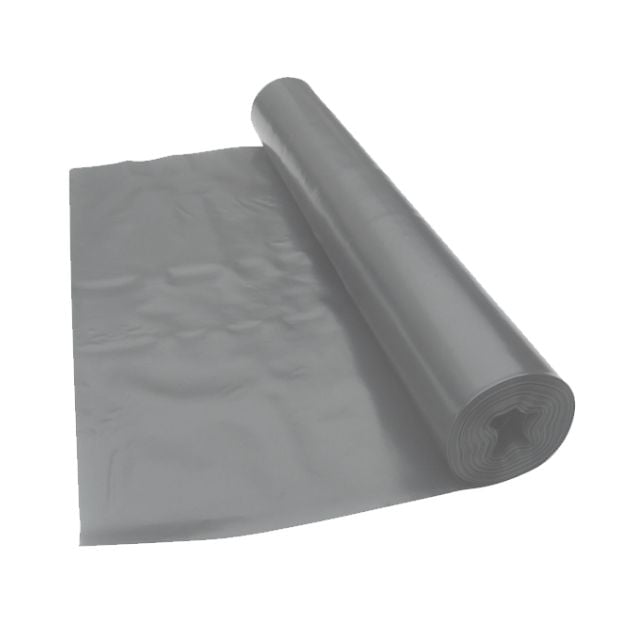
Impermeable membranes do not allow water to pass through, making them ideal for projects requiring water containment or prevention of water flow into specific areas, such as attenuation tank systems.
How To Install A Geotextile Membrane
Installing geotextile membranes is a straightforward process involving a few basic steps. Naturally, the exact procedure depends on the project. For more detailed tips on installation, check out our other blog post titled "5 Tips for Laying Geotextile Membrane Flawlessly."
Author Bio
Nathan Wilde

Nathan has been in the drainage and plastics industry for over 12 years. Having worked for both builders' merchants and major manufacturers, Nathan has accumulated extensive industry and product knowledge. At EasyMerchant, Nathan is committed to simplifying the lives of tradespeople.
Shop Geotextile Membranes:
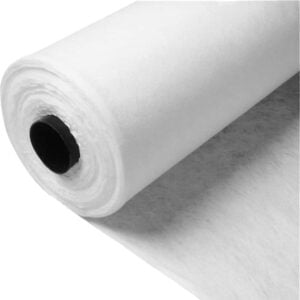
Terram T1000 Non Woven Geotextile Membrane – Custom Size
China Laboratory Incubator,Lab Incubator,Cell Culture Incubator,Tissue Culture Incubator, we offered that you can trust. Welcome to do business with us.
Laboratory Incubator,Lab Incubator,Cell Culture Incubator,Tissue Culture Incubator
Zenith Lab (Jiangsu) Co.,Ltd , https://www.zenithlabo.com